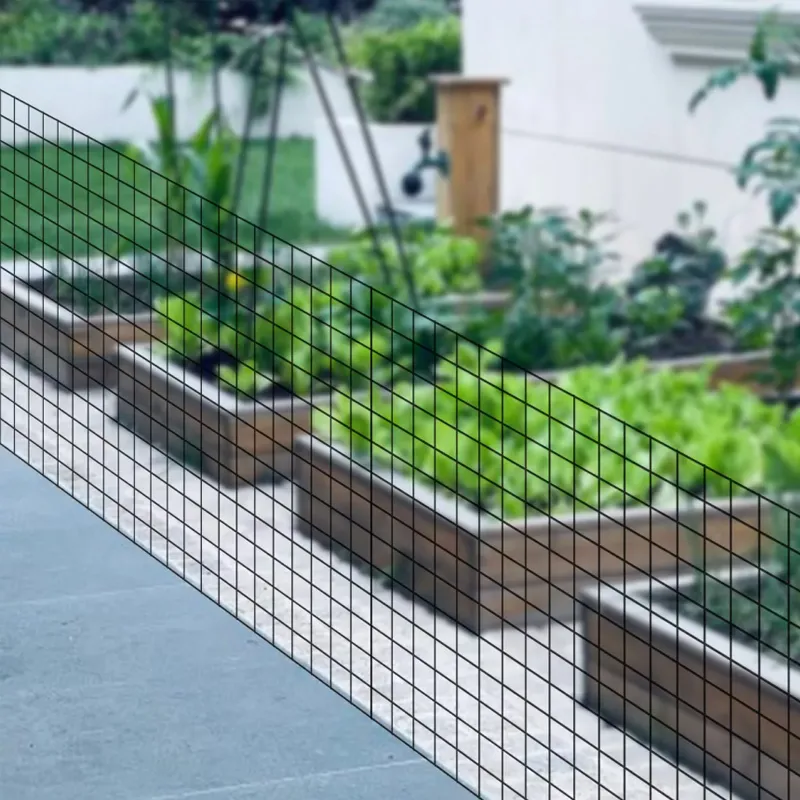
- Afrikaans
- Albanian
- Arabic
- Armenian
- Azerbaijani
- Basque
- Belarusian
- Bengali
- Bosnian
- Bulgarian
- Croatian
- Czech
- Danish
- Dutch
- English
- Esperanto
- Estonian
- Finnish
- French
- Galician
- Georgian
- German
- Greek
- hawaiian
- Hindi
- Hungarian
- Indonesian
- irish
- Italian
- Lao
- Latvian
- Lithuanian
- Luxembourgish
- Macedonian
- Maltese
- Myanmar
- Norwegian
- Polish
- Portuguese
- Romanian
- Russian
- Serbian
- Slovak
- Somali
- Spanish
- Swedish
- Thai
- Turkish
- Turkmen
- Vietnamese
Dec . 04, 2024 10:36 Back to list
gabion mesh size
Understanding Gabion Mesh Size What You Need to Know
Gabions, wire mesh cages filled with rock, concrete, or other material, have emerged as a popular solution for various construction and landscaping purposes. These versatile structures provide stability, erosion control, and aesthetic appeal in both urban and rural settings. One crucial aspect of gabion construction that greatly impacts their performance and application is the size of the mesh used.
Importance of Mesh Size
The mesh size in gabion baskets plays a significant role in determining the overall effectiveness and durability of the installation. The mesh serves multiple purposes it holds the filling material securely, allows drainage and vegetation growth, and maintains structural integrity under various environmental conditions. If the mesh size is too large, small stones could escape, leading to weakened structures or sedimentation. On the other hand, if the mesh size is too small, it can complicate the filling process and may trap water, leading to potential erosion or structural failure.
Standard Mesh Sizes
Gabion mesh comes in several standard sizes, generally measured in centimeters or inches. The most commonly used mesh sizes range from 2 inches to 4 inches. For heavy-duty applications, such as retaining walls or riverbank stabilization, a smaller mesh size may be appropriate to ensure the filling material does not wash away. In contrast, larger mesh sizes are often used in decorative gabions where less emphasis is placed on stability and more on aesthetics.
gabion mesh size

For instance, a 2-inch mesh size allows medium-sized rocks and materials to be retained effectively, while still permitting sufficient airflow and water drainage. This size is ideal for erosion control applications along rivers or sloped landscapes where water flow is a concern. Conversely, a 4-inch mesh might be more suitable for landscaping projects where the primary goal is to showcase larger stones and create a visually striking effect.
Material and Coating
The material of the gabion mesh also influences its performance and durability. Galvanized steel is the most common choice due to its corrosion resistance and strength. For harsher environments, such as coastal areas, a PVC-coated mesh may provide additional protection against saltwater corrosion. The gauge of the wire used for the mesh can also impact its strength; thicker wires offer greater support, making them suitable for heavier and more demanding applications.
Applications and Considerations
Choosing the right gabion mesh size involves understanding the specific application and environmental conditions. For instance, a gabion wall designed to retain soil must have a mesh size that prevents the backfill material from washing away while still allowing for proper drainage. If the application involves sound barriers or aesthetic elements, larger mesh sizes can be utilized without compromising structural integrity.
In conclusion, gabion mesh size is a critical factor that affects both the functional performance and aesthetic appeal of gabion walls and structures. When selecting mesh size, consider the specific requirements of your project, including the type of backfill material, environmental conditions, and intended use. By understanding the characteristics of gabion mesh sizes, you can make informed decisions that enhance the durability and effectiveness of your gabion installations. With the right mesh size, gabions can achieve their full potential in providing stability, erosion control, and visual harmony in various landscapes.
-
The Vital Role of Wire Mesh in Construction
NewsJul.01,2025
-
The Essential Benefits of Welded Wire Mesh
NewsJul.01,2025
-
Secure Your Property with Field Farm Fence
NewsJul.01,2025
-
Expert Chain Link Fence Installation
NewsJul.01,2025
-
Discover the Versatility of Hexagonal Wire Mesh
NewsJul.01,2025
-
Barbed Wire
NewsJul.01,2025









